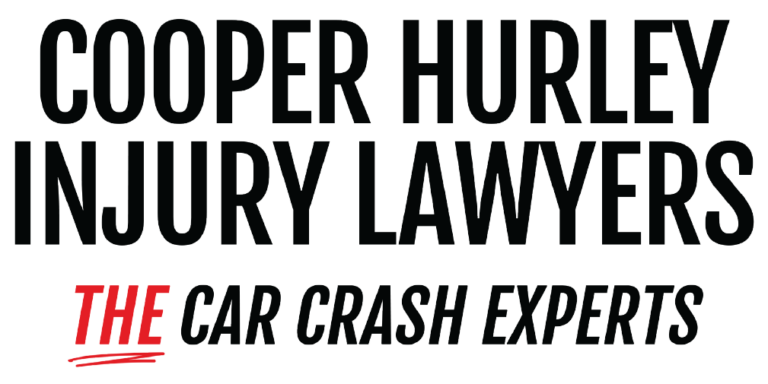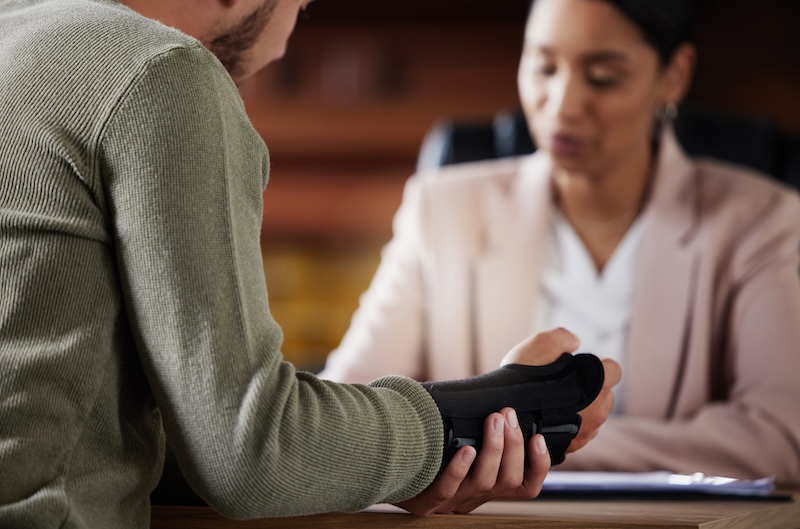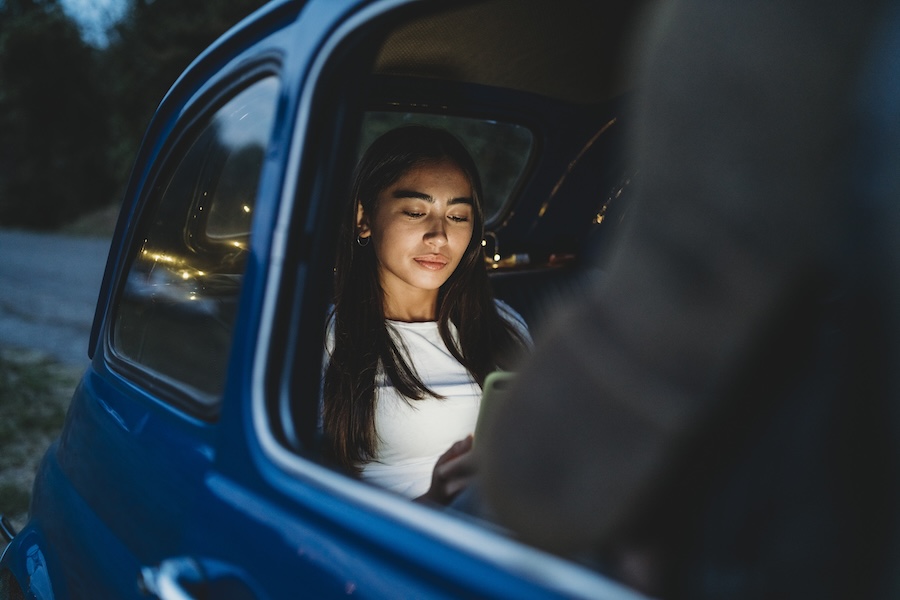Intersection Right of Way Rules in Virginia
Most right-of-way conflicts occur at intersections, where one or more approaching drivers may be unsure about who should yield.
Virginia legislation uses yield requirements to define who has the right of way while driving. Instead of explicitly stating which vehicle should proceed first, the law states which should yield to the other. This difference encourages defensive driving and can help drivers make safer choices.
Virginia’s Right of Way Rules at a Stop Sign
At an intersection controlled by a stop sign, slow down and prepare to stop at a clearly marked stop line. If there is no clearly marked stop line, stop before entering the crosswalk on the near side of the intersection.
In the absence of a marked crosswalk, stop at the point nearest the intersecting roadway where you have a clear view of any approaching vehicles on the intersecting roadway. Before proceeding through the intersection, you must yield the right of way to any cars approaching from either direction.
Virginia’s Right of Way Rules at a Yield Sign
At an intersection where a yield sign is posted, you must slow down to a speed that’s reasonable for the existing conditions. After slowing, you must yield the right of way to vehicles approaching or entering the intersection.
If you must stop at the intersection, stop at a clearly marked stop line or yield line. If there’s no stop line or yield line, stop before entering the crosswalk on the near side of the intersection where you have a clear view of any approaching vehicles on the intersecting roadway and yield the right of way to cars approaching from either direction.
Virginia’s Right of Way Rules at an Uncontrolled Intersection
When approaching an intersection without any stop sign or yield sign, slow down and prepare to stop. Generally, right of way is determined by order of arrival at the intersection. Always yield to the car that arrives first.
While you are not required to come to a complete stop, you must yield to vehicles already in the intersection. If you and another car arrive at the intersection at the same time, yield if the car is on your right.

Ask The Car Crash Experts -
What are the right-of-way laws in Virginia?
Griffin O'Hanlon, Personal Injury Lawyer
“Actually, those rules and laws that seem very self-evident and on their face are pretty clear, right? If you have a stop sign, you don’t have the right of way. If you have a red light, you don’t have the right of way. If you have a yield sign, you don’t have the right of way, right? Those traffic signals are telling you, ‘Hey, someone else might have the right to this particular portion of roadway over me, and I need to be cautious of that.’ At the same time, in the alternative, a green light means you have the right of way. They’re the basic rules, the fundamentals of driving out on the roadway. So, someone who might pull out from a stop sign when they don’t have a vehicle approaching or maybe take a right turn on red when a vehicle with the green light is coming through the intersection—those would be examples of a driver failing to yield the right of way and not adhering to those right-of-way rules in Virginia.”
Right of Way Rules for Pedestrians and Cyclists in Virginia
Virginia pedestrians have the right of way at crosswalks, other designated pedestrian crossings, and intersections where the speed limit is 35 miles per hour or less. Drivers must yield to all pedestrians crossing legally, but pedestrians may not cross any intersection “in disregard of approaching traffic.”
Cyclists must follow the same right of way rules as motor vehicles. On paths and sidewalks where cars do not drive, bicyclists must yield to pedestrians and give an audible signal when passing.
Who Is at Fault in a Right of Way Accident in Virginia?
Right of way laws exist to reduce the risk of car accidents and protect road users. If someone violates the right of way and an accident occurs, the party who committed the violation is often liable.
Drivers, pedestrians, or cyclists may be liable, depending on the scenario. For example, if a person on foot stepped into a roadway without looking for an oncoming car and a pedestrian accident occurred, that pedestrian may be responsible for damages.
A right of way violation does not always translate to full liability, however. Many accidents involve shared fault, and allocation of responsibility can be complicated.
If you’ve been in a pedestrian, car, or bicycle accident involving right of way violations, an experienced attorney can help. We can draw on extensive resources and knowledge of Virginia law to investigate the incident, determine liability, and help you pursue compensation if you have a case.
Reach Out to Our Car Crash Experts
Reach out to the Car Crash Experts at Cooper Hurley Injury Lawyers. Our team of top-rated attorneys collectively boasts an impressive 128 years of legal experience. With an exceptional winning streak that has secured tens of millions of dollars for our clients, including Virginia’s largest reported car accident recovery of $6.5 million in 2020, our record of obtaining substantial settlements and verdicts is unmatched. With a dedication to client satisfaction, Cooper Hurley Injury Lawyers sets the standard for exceptional customer service and unwavering commitment to representing the injured, never the insurance companies.



